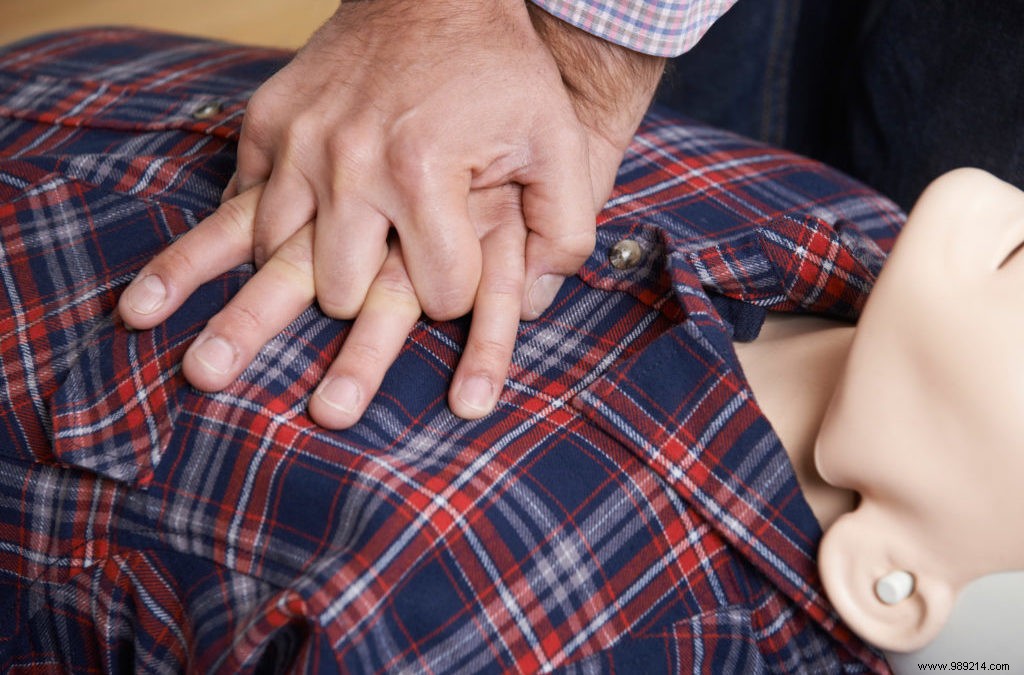
The first link in the rescue chain in the professional environment, the first-aid worker is an employee not quite like the others, since he also intervenes in the event of an accident or illness at work. He has undergone specific training for this.
Each year, more than one million people are trained or "retrained" as Occupational Lifeguards (OSH). And these trainings are essential, since nearly half of the employees concerned declared having provided help within the framework of the company, according to a study commissioned by the National Institute for Research and Security (INRS) and carried out by the firm Cemka in 2019.
The first aid worker is an employee capable of carrying out first aid actions. He can therefore intervene in the event of an accident at work or a malaise. He is also aware of the prevention of occupational risks and, as such, can put his skills into practice within the company by proposing the implementation of measures in favor of health and safety at work.
Any voluntary employee or employee designated by the employer (public or private) can follow OHS training. No prerequisites are required. On the regulatory side, there is no ratio of personnel to be trained. "The number of first aiders to be trained is to be assessed, on a case-by-case basis, in each company based on its workforce, the specific risks of the establishment and its situation" , indicates the INRS, before specifying:"The Labor Code requires at least one trained employee in each workshop where dangerous work is carried out or on certain construction sites (employing at least 20 workers for 15 days and where dangerous work is carried out). » Ideally, it is recommended to have enough OHS to intervene at any time during working hours and at all sites.
The initial training, which lasts 14 hours, generally takes place over two days, in groups of 4 to 10 people. INRS publishes a reference system to determine the skills to be acquired. Participants learn to master first aid gestures (bring the injured person to safety, react to bleeding or choking, use a defibrillator and perform cardiac massage), but also to know who and how to alert (to the emergency services relief and within the company). They also discover how to identify dangerous situations and how to relay information at work. They thus participate in the implementation of prevention and protection actions. During the training, scenarios allow you to apply the instructions, to question yourself and to progress. Then, after two days, the skills of each are evaluated by the trainer.
Candidates who have completed the initial training and passed the assessment receive an OHS certificate. This is valid for two years. You must then follow a skills maintenance and updating course (MAC) every two years to keep it. This "refresher" training lasts seven hours and allows you to refresh your knowledge.
Namely:The employee holding an OHS certificate is by equivalence holder of the level 1 civic prevention and relief certificate (PSC1).
Who should I train with?
SST training is provided by more than 5,000 organizations throughout France. The latter, like the trainers, are authorized by the Health Insurance-Professional Risks Insurance and by the INRS. The list of training organizations is available on the INRS website (Inrs.fr, “Services aux entreprises” section).